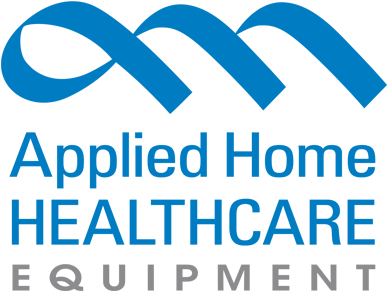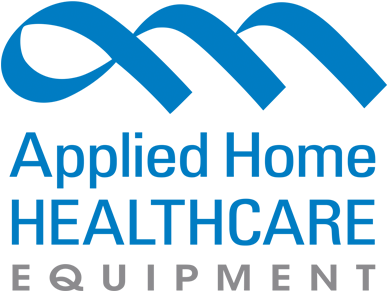PRODUCT CATEGORIES
CLASSES/REGISTRATION
WHAT'S YOUR ROLE?
Filling Liquid Oxygen
Applied's selection of cryogenic (or liquid) oxygen equipment, accessories and supplies ensures convenient, cost-effective and regulation-compliant solutions for oxygen storage and delivery.
Let's learn more about filling liquid oxygen:
Accreditation, Regulatory & Safety Guidelines:
- Scales for weighing cryogenic vessels must be calibrated regularly, as recommended by the manufacturer or based on past validation (at least once a year).
- All calibrations should be verified against standards set by the National Institute of Standards and Technology (NIST).
- Home cryogenic oxygen containers must have a working gauge or scale to show the amount of oxygen.
- Use a spill pan when filling cryogenic vessels to prevent contact with asphalt (to avoid fire risks) or concrete (to prevent potential eye injuries from concrete chipping at high speeds due to the cold).
Frequently Asked Questions:
- What equipment is needed to fill liquid oxygen? Oxygen-safe hoses and connectors that are specifically designed for cryogenic temperatures. Personal protective equipment (PPE), including gloves and face shields, is used to protect from cold burns and splashes. Additionally, a cryogenic storage tank or vessel rated for the storage of liquid oxygen is necessary.
- How is liquid oxygen transferred from one container to another? Liquid oxygen is typically transferred either through a pump specifically designed for cryogenic liquids or by utilizing a pressure differential between the storage tank and the receiving container.
- Do hand-held oxygen analyzers need calibration? Yes, they must be calibrated per the manufacturer's instructions or based on past calibration schedules.
- Can I fill home cryogenic vessels inside my van or box truck during bad weather? No, filling must always be done outside the vehicle with the doors open to prevent the risk of fire from an oxygen-enriched atmosphere.
- What training is required to fill liquid oxygen? Individuals involved in the handling and filling of liquid oxygen should receive training on safe handling practices, understanding the properties of liquid oxygen, emergency procedures and the use of PPE. View our training options!
Have more questions? Contact us info@applied-inc.com or 888-327-7301!
Shop our transfilling options!
You Might Also Like
Subscribe to our Newsletter
Get the latest regulatory info, accreditation news and exclusive discounts!
 View Cart []
View Cart []
